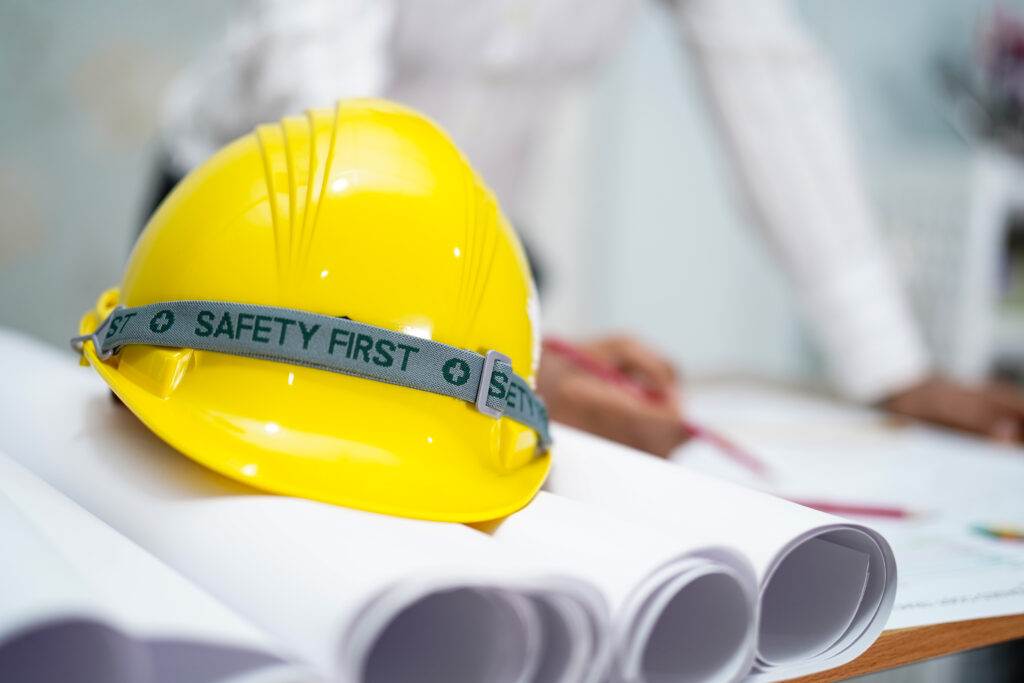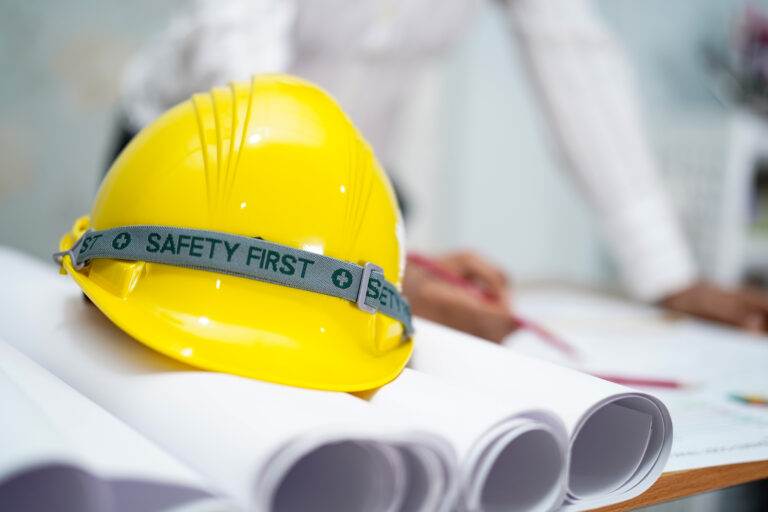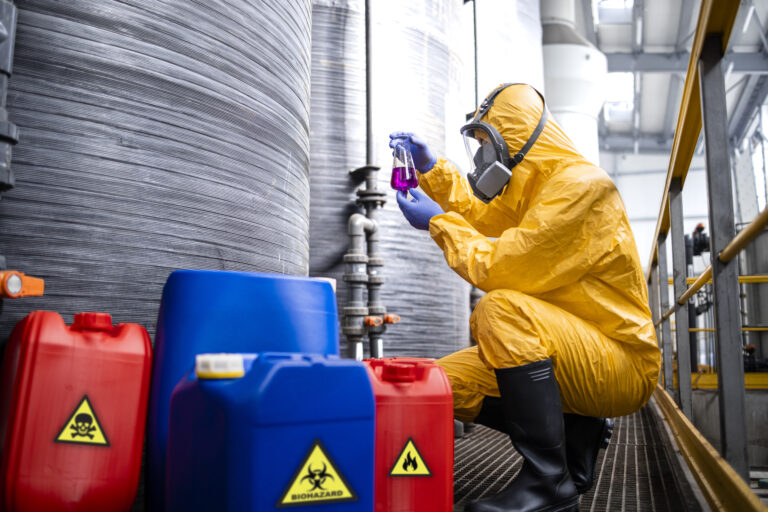Introduction to Safety Culture in Facilities
In today’s dynamic work environment, the establishment of a robust safety culture has become paramount for facilities management. A thriving safety culture not only ensures compliance with regulations but also fosters an atmosphere where safety is valued, thereby reducing incidents and enhancing overall productivity. In essence, safety should be perceived as an integral component of every operational facet, promoting a collective responsibility among all stakeholders.

The Importance of Prioritizing Safety
When safety is prioritized, it reflects in the actions and attitudes of employees at all levels. This commitment can manifest in numerous ways, from regular safety training sessions to the implementation of proactive measures that address potential hazards. Facilities must emphasize a culture where employees feel empowered to speak up about safety concerns, fostering an environment of collaboration and continuous improvement. It is essential for management to lead by example, demonstrating a genuine investment in the well-being of employees through active participation in safety protocols and initiatives.
Benefits of Establishing a Culture of Safety
The benefits associated with cultivating a safety-centric culture extend beyond mere compliance. Organizations that prioritize safety observe a significant reduction in workplace injuries and associated costs, leading to improved employee morale and productivity. Furthermore, a strong safety culture enhances the organization’s reputation, attracting top talent who value workplace safety. By embedding safety into the moral fabric of the organization, facilities not only protect their most valuable asset—their employees—but also pave the way for sustainable operational success and resilience in the face of challenges.
Assessing Safety Risks in Your Facility
Conducting Safety Audits
To effectively assess safety risks in a facility, regular safety audits are essential. These audits serve as a systematic examination of various operational processes, identifying areas that may pose risks to employee health and safety. By employing qualified personnel or external experts, organizations can ensure comprehensive evaluations that adhere to industry standards and best practices. The insights gained from these audits play a critical role in informing management about existing vulnerabilities and potential compliance issues. It is advisable to document findings meticulously and develop actionable plans to rectify identified deficiencies promptly, ensuring that safety remains a top priority.
Identifying Potential Hazards
The identification of potential hazards is a proactive approach that should be ingrained in the staff’s daily activities. Facilities can promote awareness by training employees to recognize signs of hazards, from slip-and-fall risks to chemical exposure challenges. Each department should collaborate with safety officers to conduct hazard analyses routinely, ensuring that all staff members contribute to the overall safety culture. Moreover, fostering an open communication channel where employees can report near misses or unsafe conditions without fear of reprimand is vital. This collaborative method not only enhances hazard recognition but also empowers employees to take responsibility for their safety and that of their colleagues. Ultimately, a strong emphasis on identifying hazards minimizes risks, promotes overall well-being, and contributes to an enduring safety culture within the organization.
Implementing Safety Protocols and Procedures
Developing Safety Guidelines
To ensure a comprehensive safety strategy, it is crucial for organizations to establish clear safety guidelines that serve as a framework for all operations. These guidelines should be tailored to the specific nature and risks of the facility, incorporating industry standards, legal requirements, and best practices. Safety protocols must cover various aspects including emergency response procedures, equipment handling, and personal protective equipment mandates. Regular reviews and updates to these guidelines will reflect any changes in operations or regulations, ensuring that the safety measures remain relevant and effective.
Training Employees on Safety Measures
Once safety guidelines are in place, training employees on these measures is of paramount importance. Organizations should conduct orientation sessions for new hires and regular refresher courses for existing staff to reinforce safety protocols. Through interactive training methods such as workshops, simulations, and hands-on practice, employees can better retain information and apply it in real-world situations. Furthermore, fostering a culture of accountability is essential; employees should understand their responsibilities in maintaining safety standards and feel empowered to speak up regarding any safety concerns. Effective training creates a workforce that is not only aware of potential risks but is also committed to mitigating them, ultimately minimizing incidents and promoting a safer working environment for everyone.

Encouraging Employee Engagement in Safety Practices
Promoting Open Communication
To create a culture of safety, it is essential for organizations to encourage open communication between management and employees. Establishing an environment where staff feel comfortable sharing safety concerns without fear of reprisal is critical. Regular safety meetings can provide a platform for employees to voice their thoughts and suggestions while also discussing experiences related to safety protocols. Management should actively seek feedback and incorporate employees’ perspectives into safety practices. This collaborative approach fosters a sense of ownership over safety initiatives, resulting in a workforce that is more vigilant and proactive in maintaining a safe workplace.
Recognizing and Rewarding Safe Behavior
Another effective strategy for enhancing employee engagement in safety practices is the recognition and rewarding of safe behavior. Organizations can implement incentive programs that acknowledge individuals or teams consistently adhering to safety protocols. Celebrating achievements—whether through shout-outs during meetings, awards, or small tokens of appreciation—reinforces the importance of safety and motivates employees to remain committed to safe practices. Such recognition not only boosts morale but also highlights the organization’s dedication to creating a safe work environment. By fostering an atmosphere of encouragement and support, companies can effectively cultivate a strong safety culture where employees are motivated to prioritize safety in their daily operations.


Continuous Improvement in Safety Practices
Regular Safety Reviews
To ensure that safety practices remain effective and relevant, organizations must engage in regular safety reviews. These reviews allow for the assessment of current safety protocols and provide opportunities for improvement. By systematically evaluating existing practices, organizations can identify potential gaps and implement necessary adjustments. In addition, safety audits can serve as valuable tools for evaluating compliance with established safety standards. This ongoing review process cultivates a culture where safety is not only prioritized but continually enhanced, ensuring the workforce remains as safe as possible.
Addressing Feedback and Suggestions
Organizations that actively address feedback and suggestions from employees demonstrate a strong commitment to fostering a safe working environment. Establishing a streamlined process for employees to submit safety concerns or suggestions encourages active participation in enhancing safety practices. Management should not only acknowledge this feedback but also transparently communicate the actions taken in response. By addressing concerns directly and implementing suggested improvements, organizations can strengthen trust between employees and management. This process not only enhances employee engagement but also contributes to a proactive safety culture where everyone feels their contributions are valued. Over time, this relationship between feedback and action can lead to a meaningful transformation in workplace safety. Ultimately, by prioritizing continuous improvement in safety practices, organizations are empowered to create a safe and compliant work environment, thus promoting overall employee well-being and organizational success.


